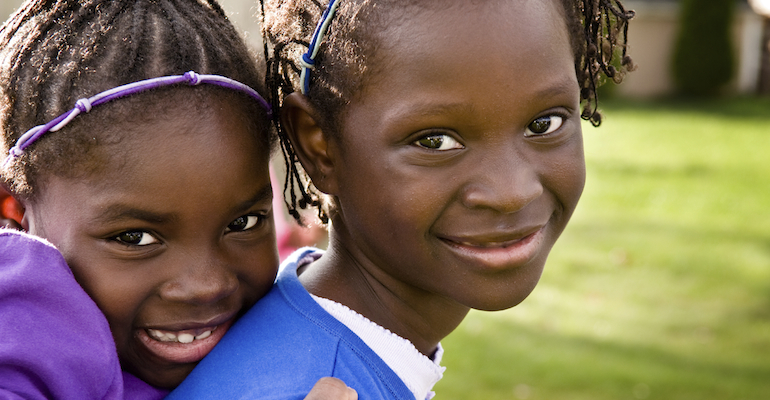Our eight-year-old wants to be a big sister. She does not know that she has a biological brother. How should we tell her?
Truth is, it’s common for adopted children to have birth siblings. Many birth parents have other children, born either before or after a child’s adoption. Because your daughter is expressing a desire for siblings, this would be a good time to talk with her about her biological brother. Even if you’re tempted to put off this discussion because you fear it will make her sad, please don’t. Between the ages of six and 10 years old, kids start to understand adoption, and it’s important for her to know about her history before she reaches adolescence.
The question to expect is: Why me? That is, why was she placed for adoption, while her sibling was not? Sometimes a child assumes there was something wrong with her that caused the adoption — that she was a bad or ugly baby. It’s important to take the responsibility away from the child, and focus on circumstances as the reason for the adoption. The birth mother’s situation will guide your explanation; one possibility is that she was in a problematic relationship when she gave birth to your child. Now, years later, with that relationship behind her, she can raise her newborn baby.
Range of Emotions
If your child is sad or confused when she learns about her birth sibling, encourage her to share her feelings with you. Even though she’s coming to understand what adoption means, it can still be hard for a child this age to understand why raising a baby is difficult. Be calm and reassuring when you talk about her sibling — you don’t want her to become anxious and conclude that this topic is off-limits.
Your child, on the other hand, may be pleased and excited by the prospect of having a brother. It’s not unusual for adopted children to have as much or more interest in their birth siblings than in their birth parents, a testament to the power of sibling relationships. What’s more, today’s blended families — with brothers and sisters growing up in different households — make it easier for adopted children to see living apart from their birth siblings as normal.
Sharing Concrete Information
If you exchange photographs or letters with your child’s birth family, you may be wondering whether you should share them with your child. The answer is yes. Generally speaking, it’s helpful for an adopted child to see what her birth family looks like. Merely seeing a photograph may be enough for her at the moment.
If your child asks to meet her sibling, but a meeting in person is not possible — or desirable, as in the case of siblings with troubling behavior issues — look for a way for your child to write or send birthday cards. Even if there’s no possibility of contact for the time being, you can encourage her to write a letter to keep in a memory box.
It’s important that your child knows her complete personal history. By sharing this information now, you will build her trust in you. She will see that you do not keep secrets. I encourage you to talk openly with your child. Honesty and communication are always better for children than unanswered questions.

